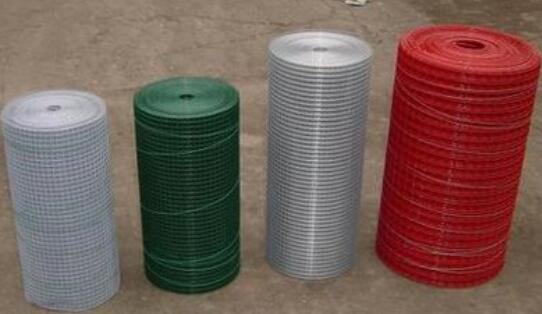Simple Quail Cage Design A Guide for Beginners
Quails are small game birds that are becoming increasingly popular among hobbyists and commercial farmers due to their low maintenance and high productivity. Housing quails correctly is crucial for their health and well-being. Designing a simple quail cage is an essential first step for anyone looking to raise these delightful birds. In this article, we will explore the key factors to consider when designing a simple quail cage, ensuring both comfort for the birds and convenience for the caretaker.
Understanding Quail Needs
Before diving into the design, it is important to understand the basic needs of quails. These birds require adequate space for movement, proper ventilation, protection from predators, and easy access to food and water. Additionally, maintaining a clean environment is vital to prevent diseases. The cage should mimic their natural habitat as closely as possible, providing a safe and comfortable space.
Cage Size and Space Requirements
When designing a quail cage, the size is a primary consideration. Generally, the recommended space is at least one square foot per bird. For instance, if you plan to house 10 quails, a cage of at least 10 square feet will suffice. However, giving them extra space can improve their quality of life. Quail cages can be designed in various forms – horizontally or vertically stacked – to save space while maximally utilizing the area available.
Materials for Construction
The choice of materials is critical to the durability and safety of the cage. Common materials include wood, galvanized wire mesh, and plastic. Wooden frames can provide strength, but they must be treated to prevent rot and withstand the elements if kept outdoors. Wire mesh is ideal for both ventilation and security, as it prevents predators from entering while allowing fresh air circulation. Ensure that the mesh openings are small enough to prevent escape or injury.
Design Features
simple quail cage design

1. Ventilation Proper airflow is vital for quails, especially in warmer climates. Incorporating wire mesh or small vents in the design allows for adequate ventilation while keeping out pests.
2. Feeding and Watering System Designing a practical feeding and watering system will ensure your quails have constant access to essential resources. Use feeders that minimize waste and waterers that prevent spillage. Both should be positioned at an appropriate height to prevent the birds from soiling them.
3. Nesting Areas Consider adding nesting boxes for laying hens. Each nesting box can be approximately 12 inches by 12 inches and should be placed in a quiet corner of the cage. Providing these spaces will encourage natural behavior and improve egg production.
4. Bedding Use appropriate bedding materials such as straw, wood shavings, or newspaper to absorb waste and keep the environment clean. Ensure the bedding is regularly changed to maintain hygiene and prevent diseases.
5. Height Considerations Quails prefer to be close to the ground, so avoid building cages that are excessively tall. A height of around 18-24 inches is sufficient. However, stacking cages horizontally can maximize space while still being accessible.
Maintenance and Cleaning
Regular cleaning is paramount to the health of your quails. Design the cage for easy access to all areas, making it simple to remove soiled bedding and replace it with clean material. Keep feeders and waterers clean and filled. Establish a routine cleaning schedule to prevent disease outbreaks.
Conclusion
Designing a simple quail cage does not have to be a complex task. By considering the needs of your birds, using appropriate materials, and incorporating functional features, you can create a comfortable and efficient living space for your quails. As you embark on your quail-raising journey, remember that a well-designed cage is fundamental to the health and productivity of your flock. Happy quail farming!

















